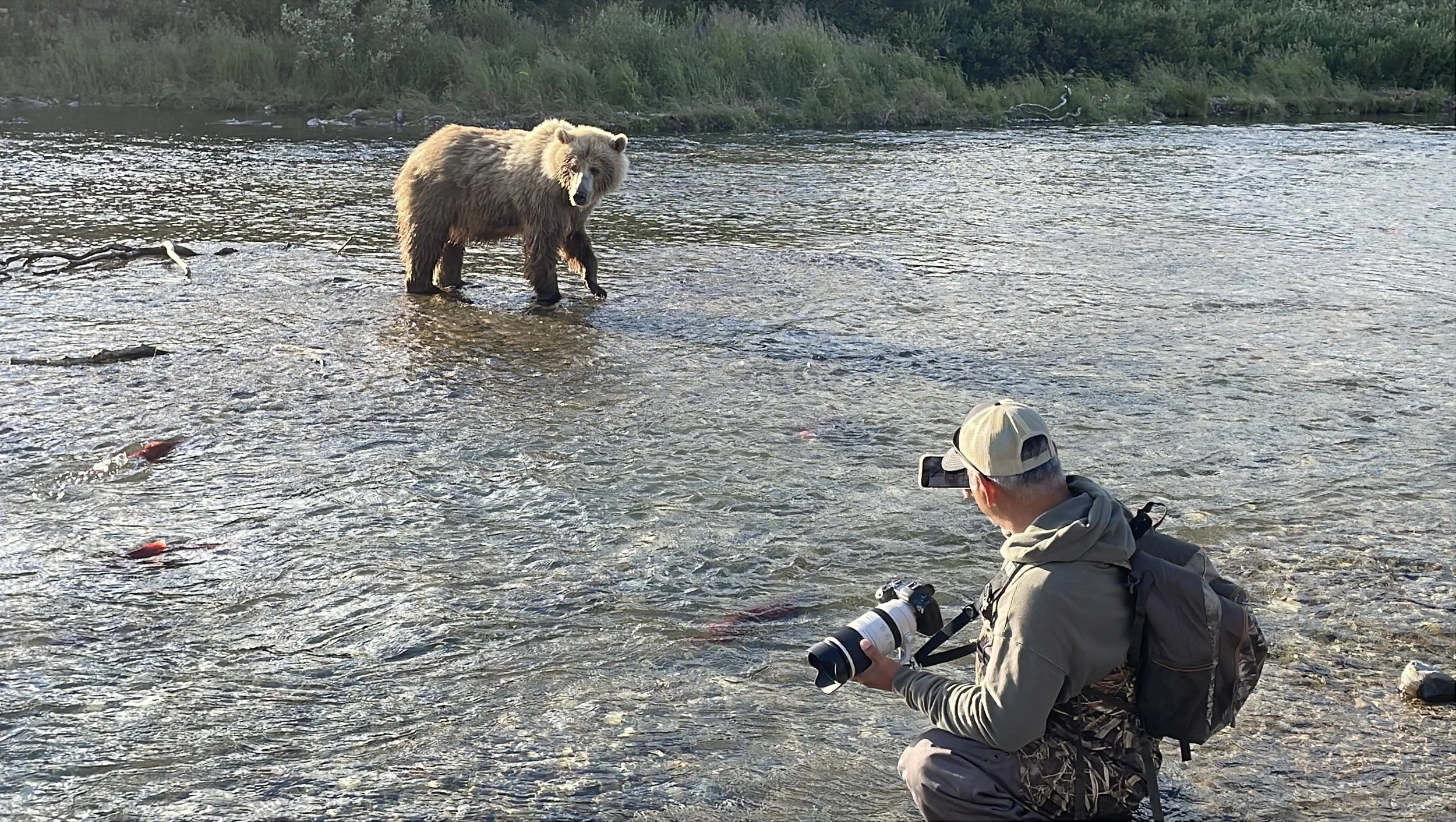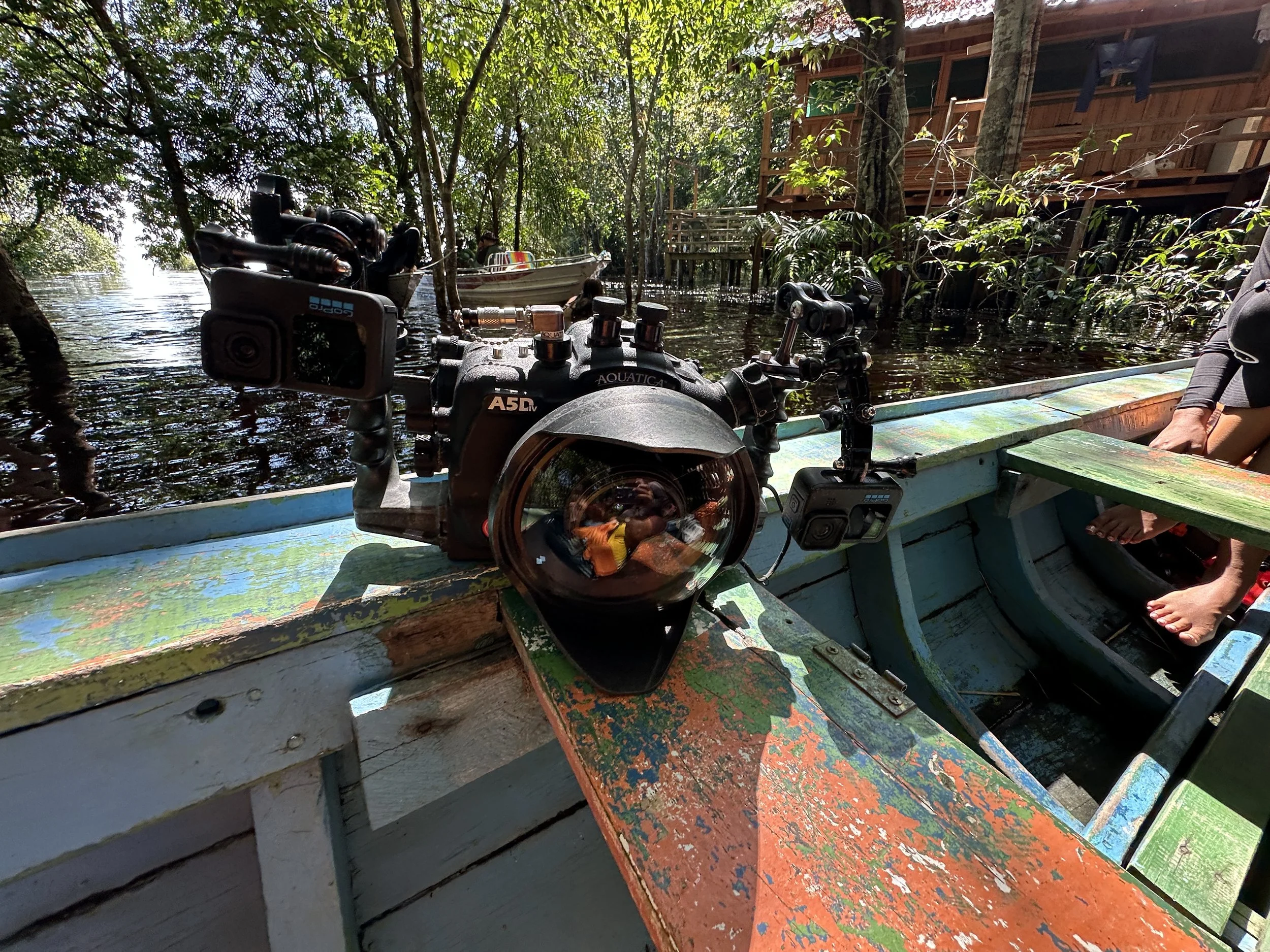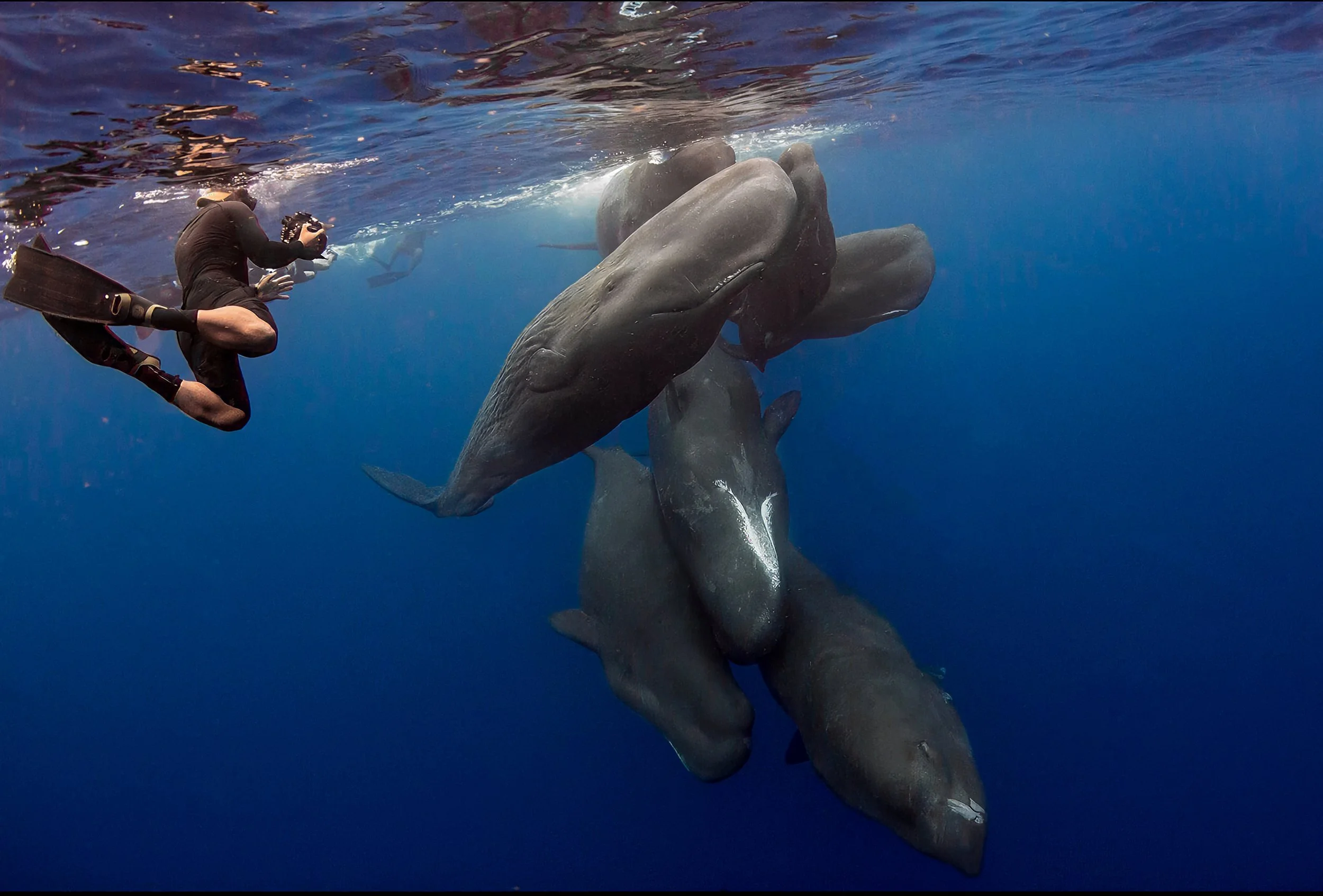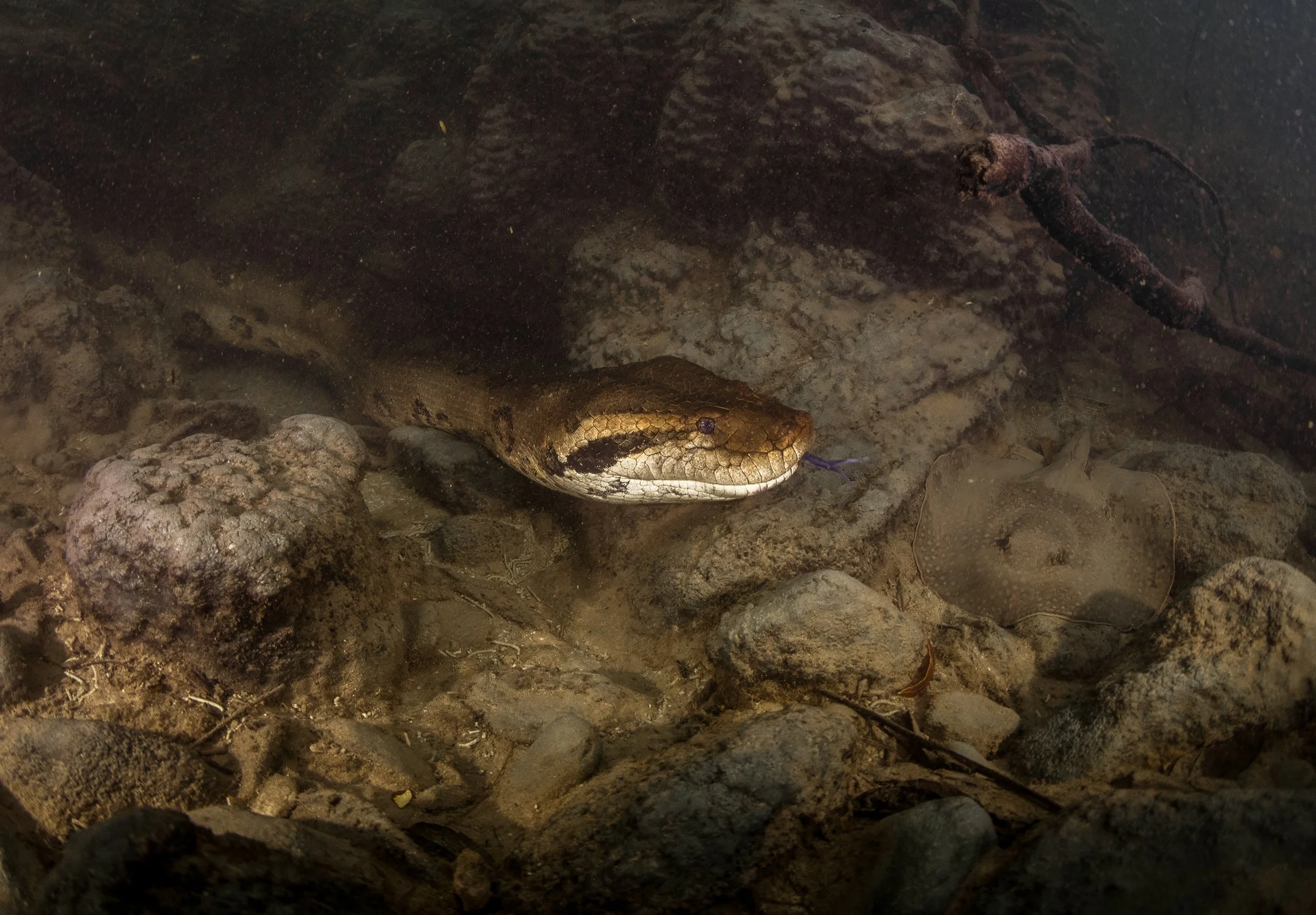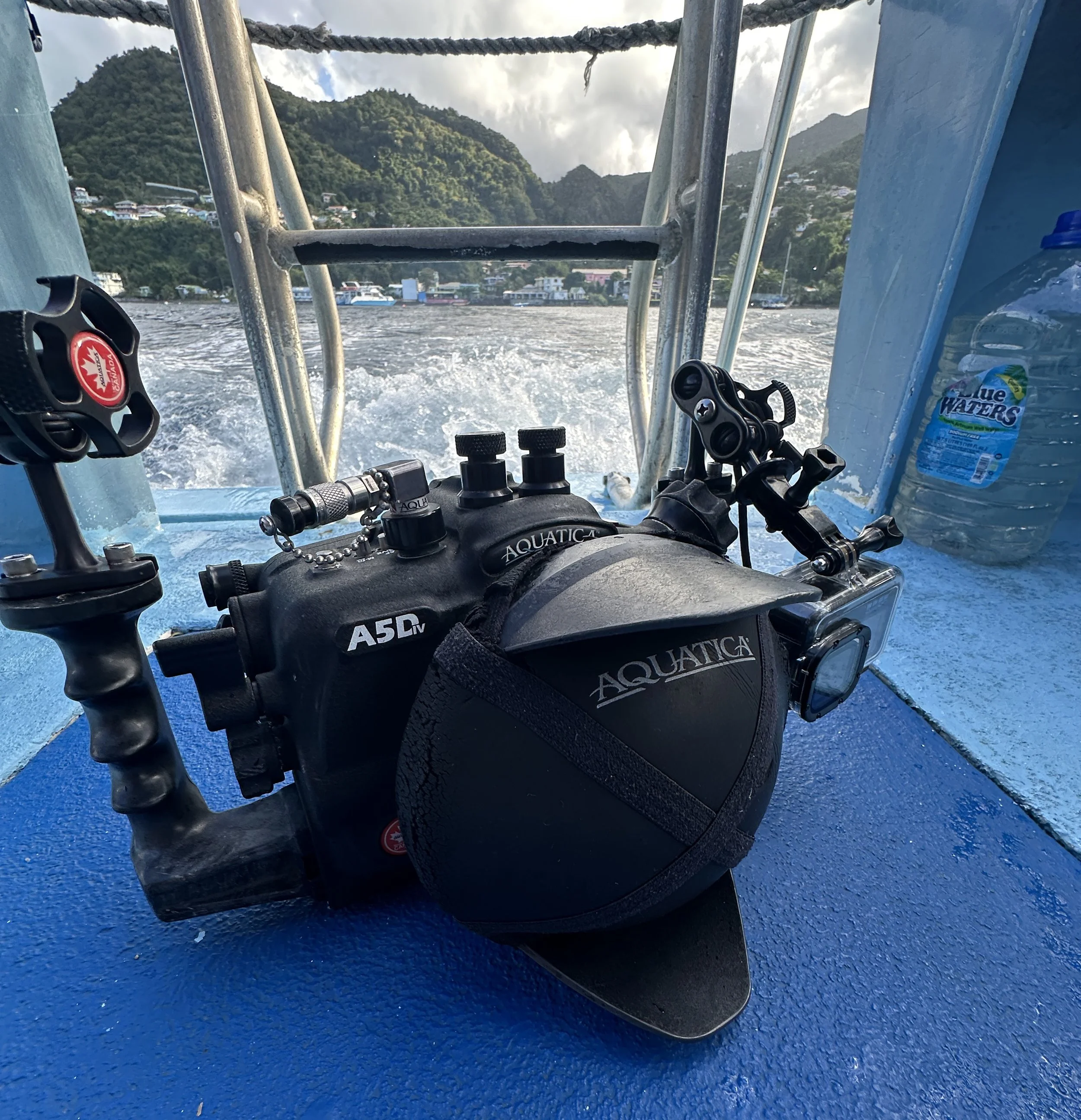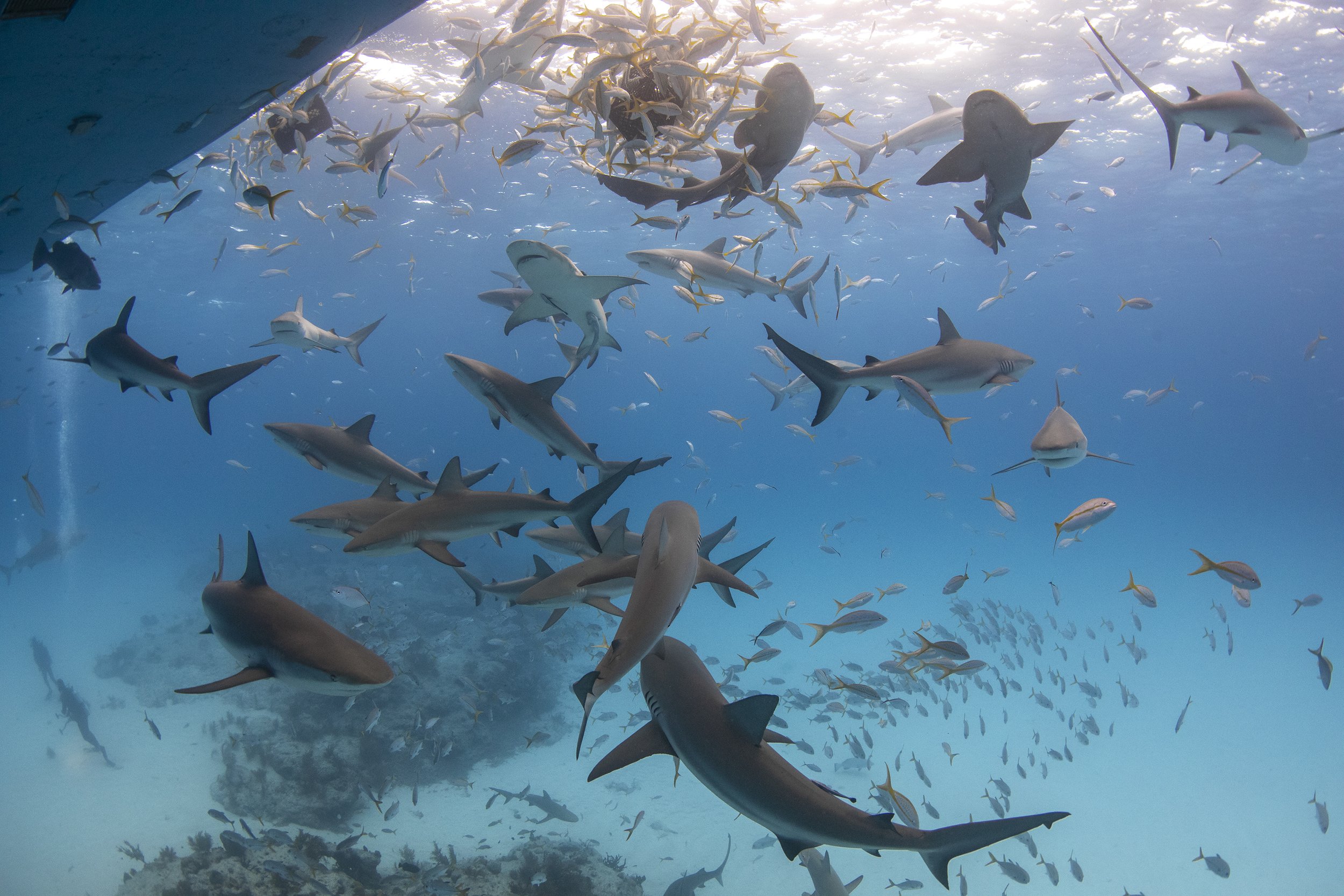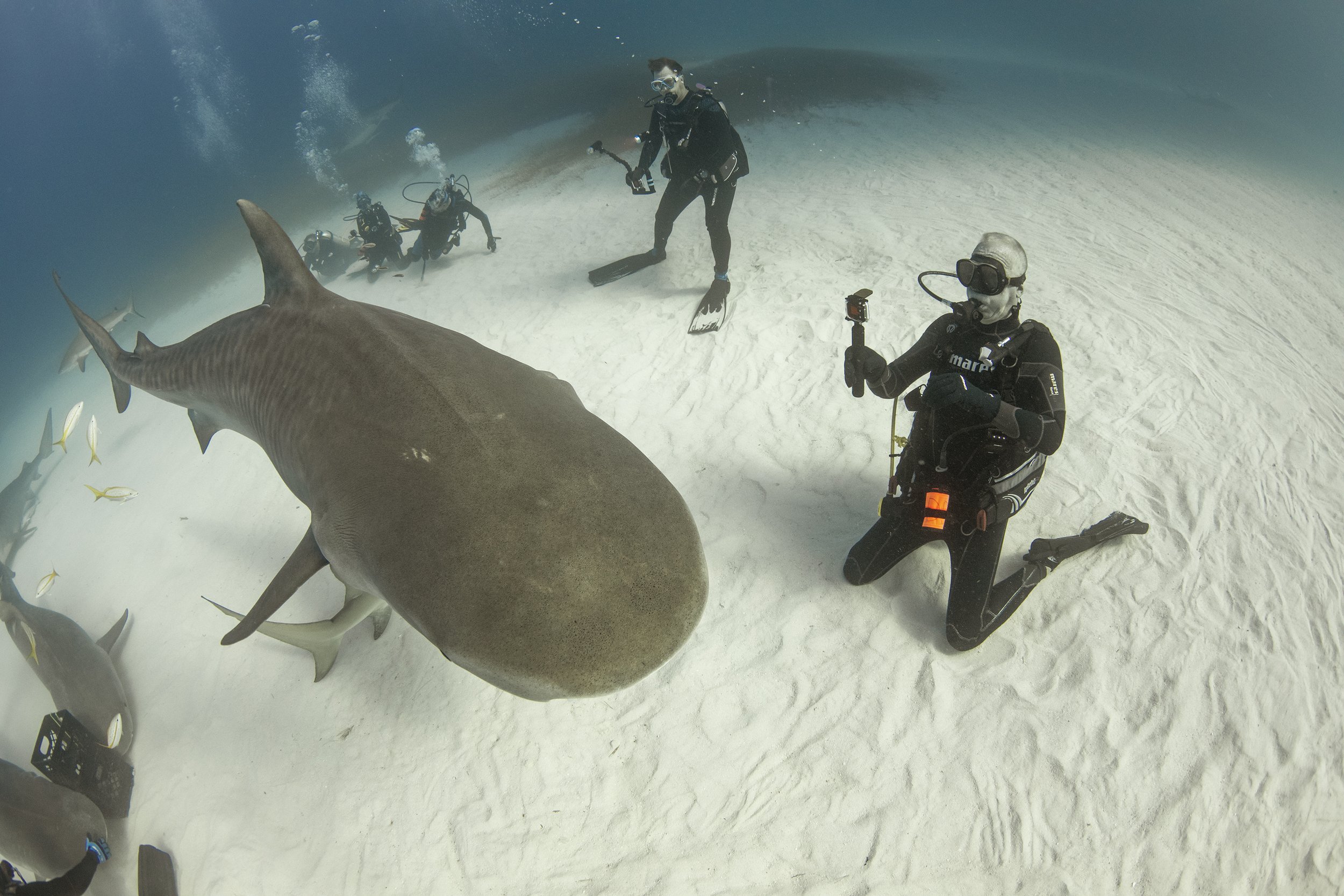This one’s a tough one to write.
For ten years, my camera, Gloria, has been with me through everything.
Rain, salt, sand, freezing winds, murky waters, she’s been there for it all.
Dependable. Solid. The kind of companion you trust when everything else around you is chaos.
Every image I’ve shared over the past decade, every whale, shark, snake, and orca, came through her eyes.
We’ve been everywhere together, and back again.
So even saying this out loud feels strange… but lately, I’ve been thinking about finally making the switch.
From my faithful DSLR to a mirrorless system.
And not for the reasons people might assume.
Sure, mirrorless cameras are sharper, faster, lighter.
They handle low light beautifully and focus like magic. It’s a better system in almost every measurable way.
But that’s not what’s drawing me in.
For me, it’s about silence.
When I step into the ocean, in rivers, in the Arctic, I’m stepping into another world.
A world that existed long before me and doesn’t need my noise in it.
My presence already changed behavior. Fish move differently. Dolphins will sometimes swim away.
I can’t control that.
But the one thing I can control… is the sound I bring.
Every click of Gloria’s shutter feels like a small echo through their world.
A reminder that I’m still an intruder.
I don’t belong.
Over time, I’ve started to feel that echo more deeply, like the wild is asking me to listen, not interrupt.
That’s where mirrorless calls to me.
Not because it’s the future of photography, but because it’s the future of how I want to photograph.
Silently.
It’s strange how your relationship with your craft evolves.
When you’re young in it, you chase the moments, you want the perfect shot, the perfect composition, the proof that you were there.
But as time passes. You stop chasing, and start protecting.
You realize the most powerful images come when the wild forgets you’re even there.
Switching to mirrorless isn’t about upgrading my gear.
It’s about lowering my impact.
It’s about aligning the technology with the respect I’ve learned to carry for the wildlife I photograph.
Still… this isn’t easy.
Gloria has been more than just a tool. She’s been my voice when I had no words, my constant when everything else changed.
She’s been the silent witness to so much beauty, heartbreak, and wonder.
But maybe this is how every great partnership ends, not with replacement, but with gratitude.
The wild deserves our silence.
And maybe this will be my way of giving it that.
For now, I’ll finish the 2025 season with Gloria by my side.
I have four more trips this year.
That is four more chances to tell our story together before the next chapter begins.
And when 2026 comes, maybe, just maybe, I’ll take that silent leap…If I can let her go.

